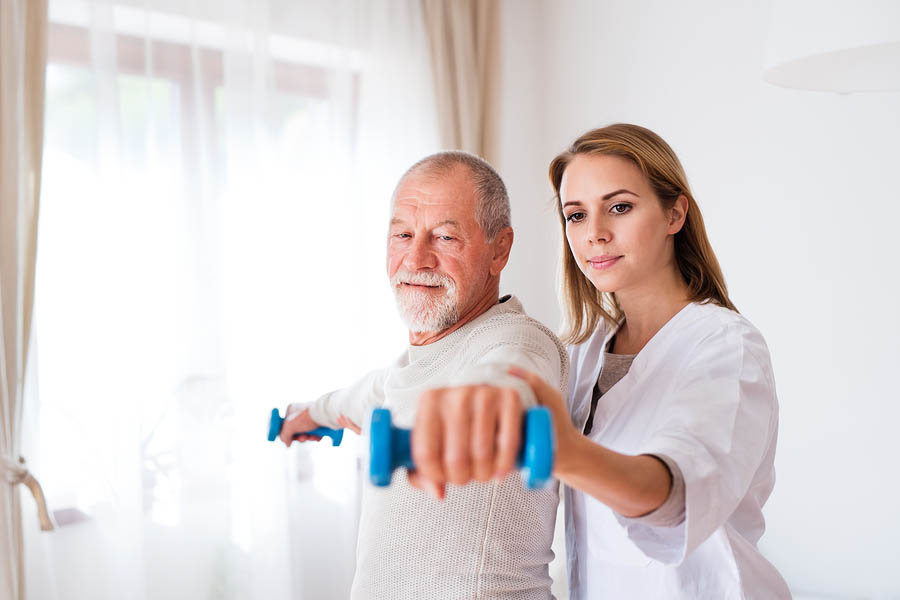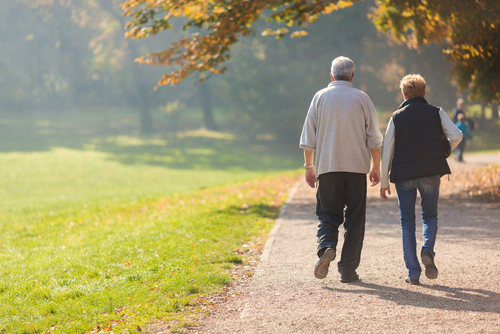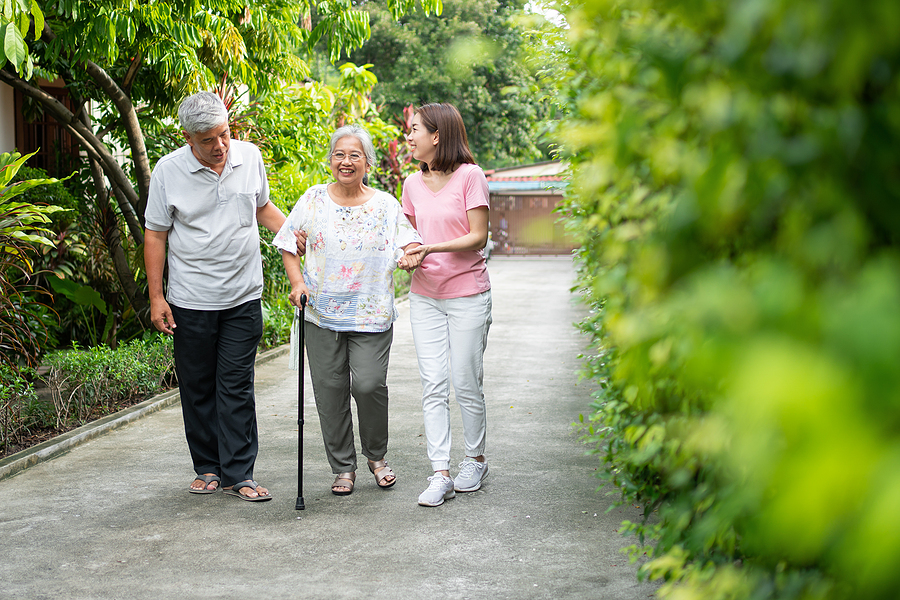Lymphedema Diet and Exercise Therapy
Category:

Most people understand how blood circulates through the body. What many people don’t know is that the lymphatic system works essentially the same way, including the use of specialized passageways similar to veins. Instead of blood, the fluid in motion is lymph.Lymph nodes help protect the body from infection. But in the process of doing that, they also collect a lot of cellular waste that needs to be removed. When a person’s lymph nodes are damaged or removed, lymph vessels in the surrounding area become unable to drain that waste.The result is uncomfortable swelling of the arm or leg with affected lymph nodes caused by lymphedema. Although lymphedema has no cure, there are many things that can be done to help make it manageable. Many of the most effective ways to manage lymphedema are as simple as changes in lifestyle.
Risks for Lymphedema
Secondary lymphedema is the most common form. It’s typically caused by infection, cancer, radiation treatment, or surgery. By contrast, primary lymphedema is rare and inherited. The risk of developing secondary lymphedema increases with age, cancer, or cancer treatment. Excess weight, psoriatic arthritis, and rheumatoid arthritis can also contribute.
Lymphedema Dietary Changes
A lymphedema diet is about selecting foods which will not exacerbate swelling. Mostly, that means cutting back on salt because sodium increases fluid retention in the body. Greater fluid retention raises blood pressure, and it can make the swelling symptoms of lymphedema worse. For lymphedema, common foods to avoid include most varieties of condiments, packaged foods, and fast food.
Download Free Healthy Aging Diet Guide
Staying Hydrated for Lymphedema
Because fluid retention can make swelling worse, many people conclude they should drink less water. But it’s important to stay hydrated to keep the body in balance. Dehydration tells the body to start retaining fluid. By contrast, healthy hydration keeps flushing sodium out of the body.While it’s true that fluid retention will make swelling worse, the solution isn’t to drink less water. The solution does, however, call for a reduction in caffeine and alcohol. Both work to dehydrate the body.
Lymphedema Management
You can reduce the severity of lymphedema with exercise because it can improve circulation. Before starting, warm-up the affected limb in a warm shower or bath. For figuring out lymphedema arm exercises, any number of basic types of exercise work great. One of the most common is called the elbow flexion.Imagine a person doing weight-lifting exercises with one arm. The elbow flexion is the basic curling motion that probably comes to mind. With bent elbow, slowly lift one hand towards your chest. Halfway towards your destination, stop and hold the motion for 5 seconds before lowering your hand. This can be done with or without weights, depending on fitness.
Staying Safe with Lymphedema
With respect to intensity, lymphedema therapy exercises should be fairly moderate. You’ll want to stop if swelling or redness develops on the active limb. It’s also a good idea to wear a compression sleeve to keep swelling down during lymphedema exercise. And if you or a loved one have problems with mobility, be sure to ask your doctor about a lymphedema home exercise program.Contrary to popular wisdom, you should avoid heat and ice. But there are things you can do to alleviate the swelling of lymphedema. For taking pressure off the affected area, try to keep the swollen limb above the heart and avoid constrictive clothing.It’s also good practice to keep the affected limb clean, which can further reduce the risk of infection. Minor cuts and scrapes can contribute to serious swelling because the lymph system has more work to do. Switching to an electric razor, wearing gloves before doing handiwork, or otherwise taking simple precautions can prevent a lot of grief.
Subscribe
Date: August 16, 2018
Category:


